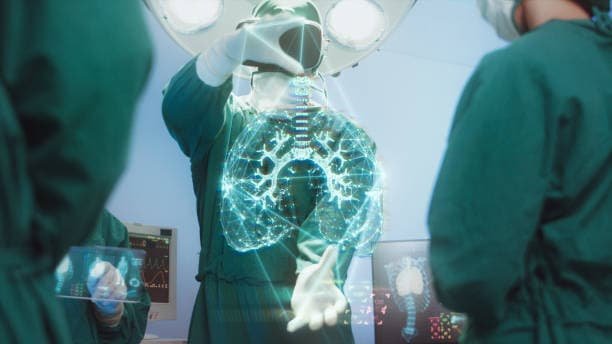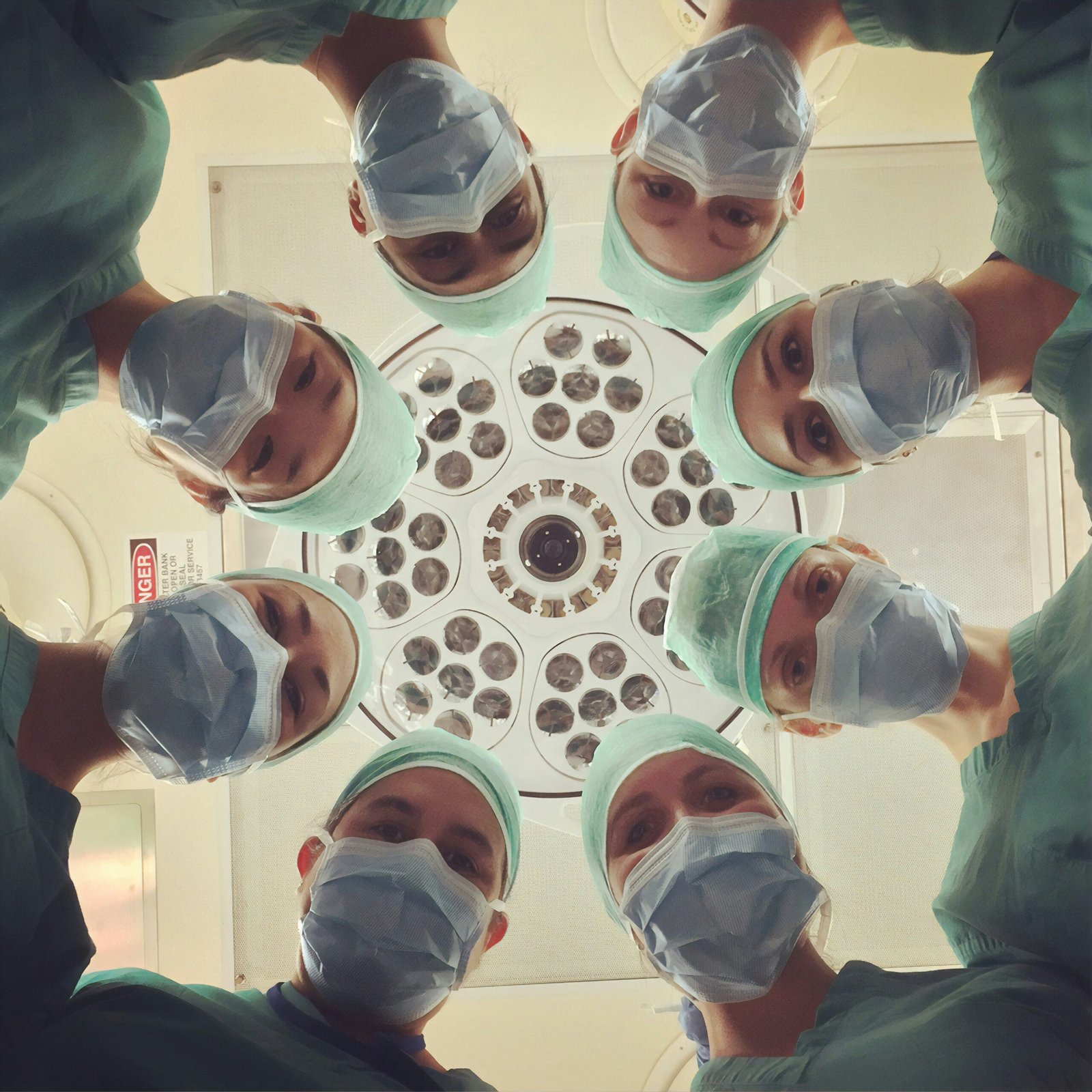
Introduction to Surgical Innovations
The realm of surgery has undergone remarkable transformations over the past few decades, primarily driven by the need to enhance patient outcomes and optimize the efficiency of surgical procedures. As healthcare continually evolves, surgical innovations have arisen to address demanding challenges such as lengthy recovery times, high complication rates, and variable surgical precision. These advancements are not merely incremental improvements; they represent a significant evolution in how surgical interventions are approached and performed.
Historically, surgical techniques and equipment were limited by the understanding and technology of the time. As medical knowledge has expanded, so too has the capability to innovate. The advent of minimally invasive techniques has shifted the landscape of surgery, allowing for smaller incisions, reduced trauma to surrounding tissues, and shorter recovery periods for patients. Such innovations are fundamentally changing the way surgeons operate, with the integration of advanced tools such as robotic systems and imaging technologies facilitating greater accuracy and control during procedures.
The motivation behind these surgical innovations is not solely centered on technical enhancements; it is firmly rooted in a commitment to improve patient care. By prioritizing reduced recovery times and diminished complications, the medical community aims to enhance the overall patient experience. Innovations such as new materials for implants, advanced monitoring systems, and data analytics are also paving the way for personalized surgical approaches tailored to individual needs.
Furthermore, the continuous feedback from surgical outcomes drives further innovation, creating a cycle of improvement that benefits both patients and healthcare providers. As the field progresses from traditional to more advanced techniques, the focus remains steadfast on creating safer, more effective surgical environments. In understanding the evolution and impact of these innovations, we can better appreciate the current and future state of surgical medicine.
Robotic Surgery and Its Advancements
Over the past few years, robotic-assisted surgery has witnessed profound innovations that have revolutionized surgical practices. The sophistication in robotic systems has significantly enhanced surgical precision, control, and visualization, setting new benchmarks in patient care. Surgeons can now utilize advanced robotic platforms, allowing for minimally invasive procedures with improved outcomes.
One of the most significant areas that have benefited from robotic surgery is urology. Robotic-assisted prostatectomies, for instance, have become the gold standard for treating prostate cancer. These surgeries not only offer improved surgical precision, which minimizes blood loss and reduces recovery time, but they also enhance the visualization of critical anatomical structures, thus lowering the risk of postoperative complications.
In the field of gynecology, robotic systems have transformed procedures such as hysterectomies and myomectomies. The robotic-assisted approach provides surgeons with unparalleled control over delicate tissues, which is particularly important in minimizing damage to surrounding organs. The enhanced visualization quality afforded by modern robotic systems enables gynecologists to perform complex surgeries with greater confidence and accuracy.
Cardiothoracic procedures have also seen tremendous advancements through the integration of robotics. Robotic surgical systems facilitate intricate heart surgeries, such as valve repairs and coronary artery bypass grafting, via smaller incisions, thereby reducing recovery times and improving patient satisfaction. Surgeons can effectively maneuver within the confined spaces of the thoracic cavity with enhanced dexterity and refined operational capabilities.
The incorporation of artificial intelligence (AI) into robotic surgical systems represents a significant leap forward in terms of surgical safety and efficiency. AI-enhanced algorithms can assist surgeons by providing real-time data and analytics, allowing for better decision-making during operations. This intelligence, combined with robotic precision, has the potential to minimize human error and significantly improve patient outcomes, making robotic surgery an invaluable tool in modern medicine.
Minimally Invasive Techniques: A Shift in Paradigm
Minimally invasive surgical techniques have revolutionized the field of surgery over the past few years, marked by significant technological advancements in laparoscopic and endoscopic procedures. These techniques enable surgeons to perform complex surgeries through small incisions or natural orifices, resulting in reduced trauma to the body’s tissues. The adoption of enhanced imaging systems has played a crucial role in this shift, allowing for greater precision and visualization during procedures, which is essential for facilitating accurate and efficient surgeries.
One of the noteworthy innovations includes natural orifice transluminal endoscopic surgery (NOTES). This technique utilizes the body’s natural openings—such as the mouth, anus, or vagina—to access internal organs, thus eliminating the need for external incisions. As a result, patients experience less postoperative pain, reduced risk of infection, and shorter recovery times. NOTES has garnered attention for its potential applications across various types of surgeries, including gastrointestinal, gynecological, and urological procedures.
Further emphasizing this shift are the advancements in surgical instruments specifically designed for minimally invasive approaches. Surgeons now have access to a range of specialized tools, including robotic systems and high-definition cameras, which enhance dexterity and visualization. These modern surgical devices allow for intricate movements that replicate the precision of traditional open surgeries while minimizing the overall impact on the patient’s body.
Additionally, the benefits of minimally invasive techniques extend beyond reduced trauma as they can lead to shorter hospital stays and quicker return to normal activities for patients. The growing body of evidence supporting these advantages continues to encourage healthcare providers to adopt these innovative methods. Overall, the transition towards minimally invasive techniques signifies a promising future for surgical practices, underlining the ongoing commitment to improving patient outcomes.
Future Trends and Challenges in Surgical Innovation
The field of surgical innovation is on the cusp of transformative advancements that promise to enhance surgical efficacy and patient outcomes. One prominent trend is the integration of 3D printing technology in the surgical domain. Surgeons are beginning to utilize this innovative manufacturing process to create custom surgical instruments and anatomical models tailored to individual patient needs. This personalized approach not only improves surgical precision but also aids in preoperative planning, allowing for better visualization of complex anatomies.
Moreover, augmented reality (AR) is gaining traction in surgical planning and execution. By overlaying digital information onto the surgeon’s field of view, AR systems facilitate enhanced spatial awareness, enabling clinicians to visualize critical structures in real-time. This amalgamation of the physical and digital realms has the potential to reduce surgical errors and enhance overall team performance during complex procedures.
Another emerging trend is the expanding role of telemedicine in surgical consultations and follow-ups. As the healthcare landscape continues to evolve, the convenience of remote surgical assessments is becoming increasingly viable. Telemedicine allows for timely expert consultations and follow-up care, particularly beneficial for patients in remote or underserved areas. This shift not only optimizes resource allocation but also enhances patient access to specialized care.
Despite these promising trends, several challenges must be addressed to ensure the successful implementation of these innovations. Ethical considerations regarding data privacy, informed consent, and the digital divide are critical in developing equitable solutions. Furthermore, training and workforce implications are significant; healthcare professionals must be equipped with the necessary skills to effectively leverage advanced surgical technologies. As regulatory hurdles continue to evolve, it is essential to establish comprehensive guidelines that ensure both the safety and efficacy of these innovations, particularly to guarantee access for diverse patient populations.

